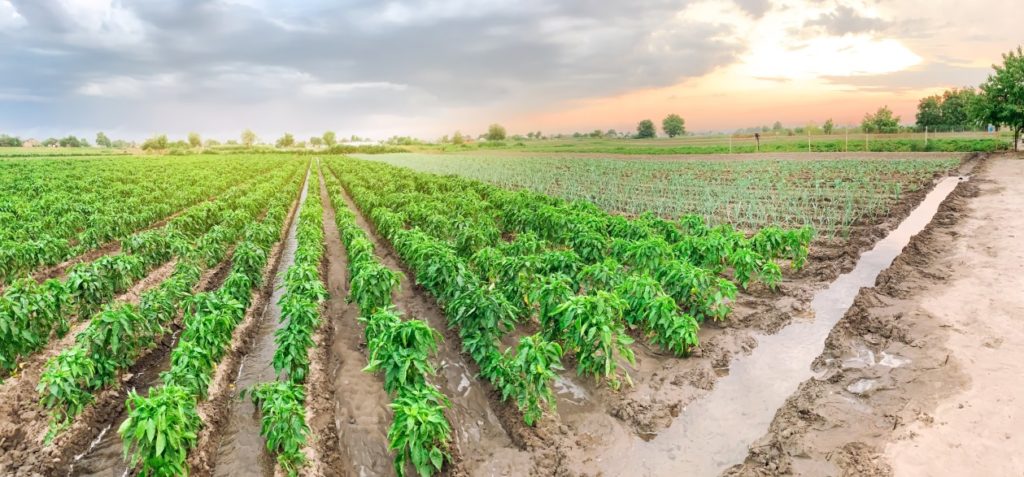On 14 April Cap-Net hosted the first Monitoring, Evaluation and Learning (MEL) online workshop aiming to bring support to the 23 affiliated Networks on the development of their own MEL system and plan as well as on the revised reporting mechanisms.
“Why do we use MEL? It helps us have a shared understanding of what we are aiming to do and what we need to have in place in order to get there. It also helps us make evidence-based decisions to improve our delivery continuously and ensure accountability for the resources used to achieve it.” affirmed Cristina Lopez, Cap-Net´s Senior Monitoring and Evaluation Associate.
The workshop started with an overview of the MEL Guidebook that enabled the discussion and feedback between Cap-Net networks and the Secretariat on these new MEL tools to be implemented such as the Strategic Results Framework and Outcome Mapping. During breakout groups by region, Networks shared their interest, experiences and challenges applying elements of these tools and methods in 2021 and beyond.
The workshop also focused on the steps to filling out the MEL plan through the newly improved template shared and new online data collection and reporting tools. Cap-Net´s Monitoring, Evaluation and Learning system is critical to the understanding of whether the programme’s capacity development efforts have influenced the water management systems and practices of stakeholders and to decide on the most relevant learning tools and approaches to achieve Cap-Net’s targets and goals. Consequently, the workshop was essential to:
- Support the Cap-Net networks in familiarizing themselves with the (revised) Cap-Net MEL process and tools available
- Guide the Cap-Net networks with what is a MEL system and the different steps involved in developing a MEL plan
- Leading the journey together with the Cap-Net networks in being aware of the MEL best practices as well as common challenges that exist while collecting and reporting data and tips to overcome them
The Cap-Net network managers emphasized that “the workshop was very interesting to keep improving with the monitoring processes”.
